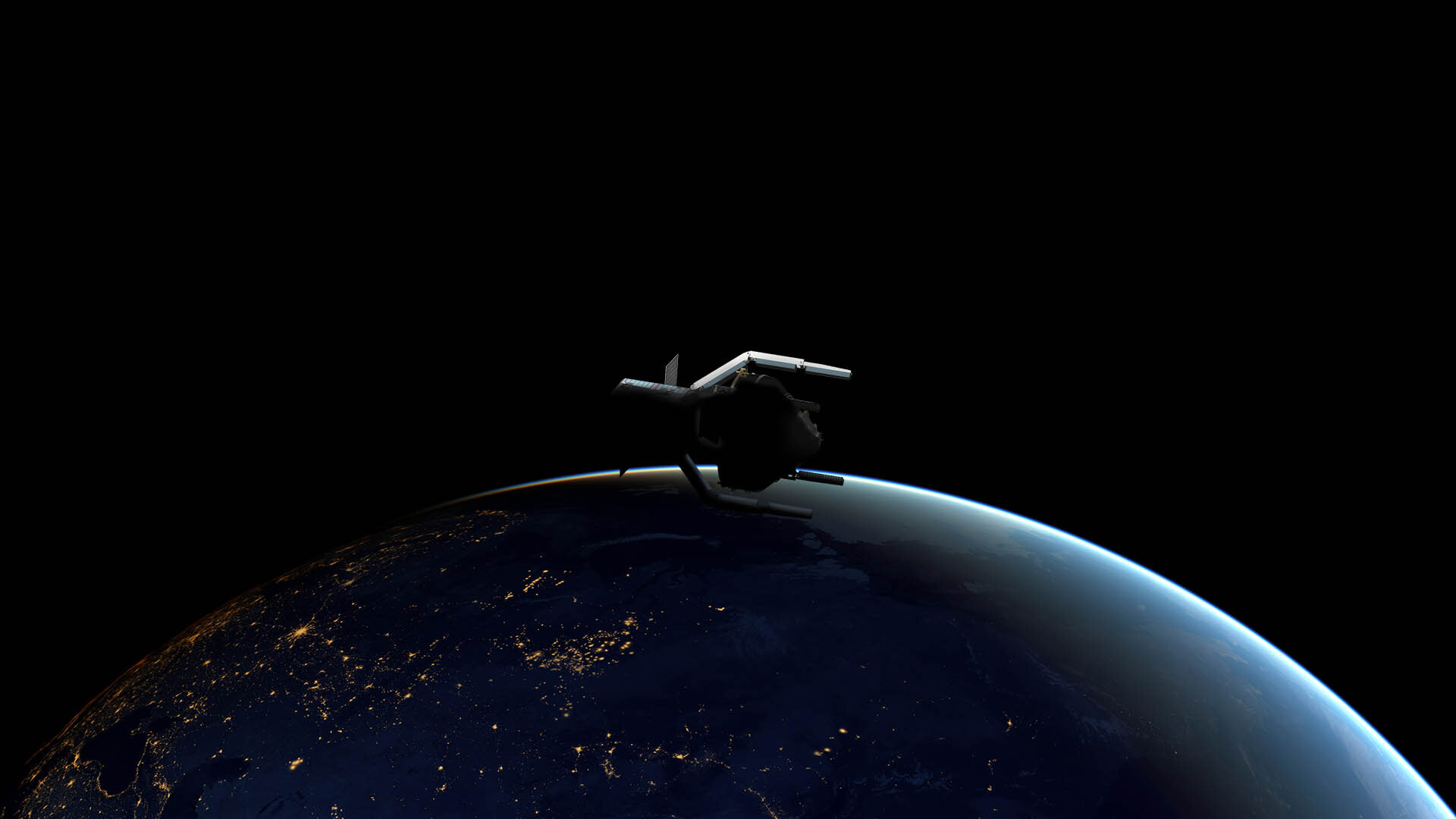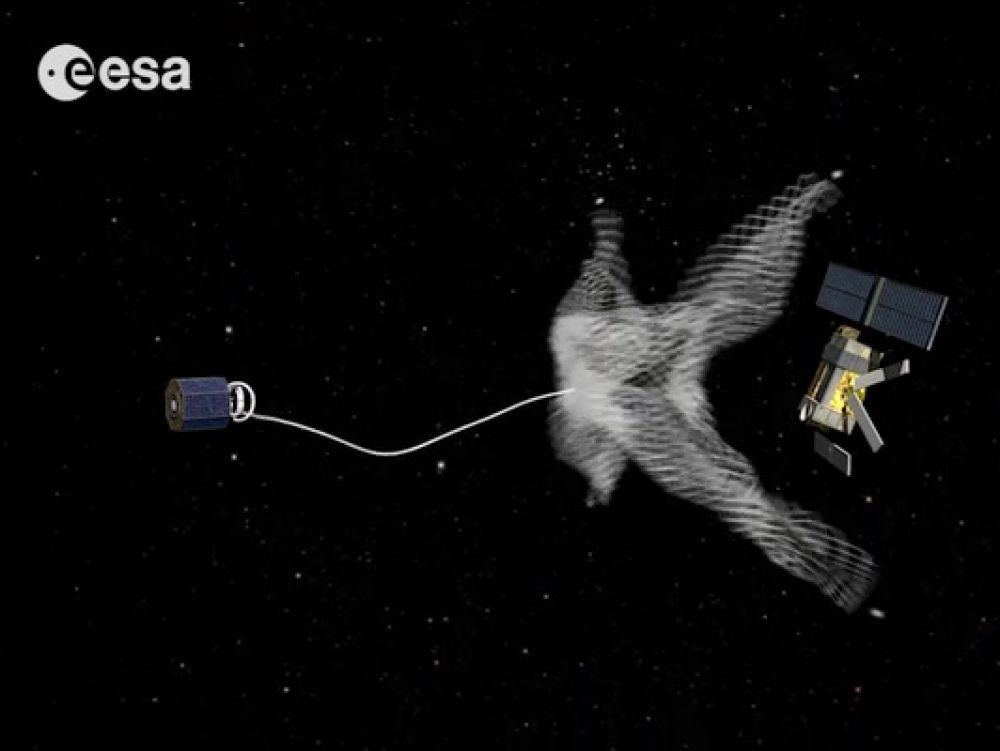While working at the NASA Johnson Space Center during the 1970s, astrophysicist Donald Kessler predicted that collisions between space debris would become increasingly common as the density of space debris increases in orbit around the Earth – creating a cascading effect. Since 2005, the amount of debris in orbit has followed an exponential growth curve, confirming Kessler’s prediction.
Given that the problem is only going to get worse in the coming years, there is a growing demand for technologies that can remove space debris. Following a competitive process, the ESA recently contracted the Swiss startup ClearSpace Today to create the world’s first debris-removing space mission. This mission, known as ClearSpace-1, is expected to launch by 2025 and will help pave the way for more debris removal missions.
Continue reading “An Upcoming ESA Mission is Going to Remove one Piece of Space Junk From Orbit”

